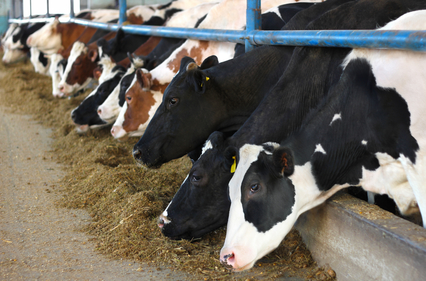Polluting livestock farmers near nature reserves ‘have got to go’


Around 25 livestock farms located near environmentally sensitive areas are responsible for a disproportionate amount of nitrogen-based pollution, research by investigative journalism collective Investico, and newspapers De Groene Amsterdammer and Trouw has shown.
Intensive animal farming near Natura 2000 areas was banned in 2002. Some 25 of the over 800 farms that still remain in the periphery of these protected areas are particularly damaging to the environment, with turkey, pig and calf farms among the biggest producers of nitrogen pollution.
Of the 25 farms with 250 metres of a Natura 2000 reserve, 17 are located in the province of Gelderland. A single turkey farm with 24,000 turkeys in Ermelo near the Veluwe national park is emitting 61 times as much nitrogen as an average livestock farm, the researchers said.
Six of the top polluters are near nature reserves in Noord-Brabant and two border on sensitive areas in Limburg.
Agricultural minister Carola Schouten presented a new buy out scheme for heavy polluters around environmentally sensitive areas earlier this month but farmers are not required to participate.
The provincial authorities don’t want to force the farmers to sell either because ‘simply approaching these farmers may cause a sense of coercion,’ a spokesman for the an inter-provincial negotiating team told Trouw.
Call for action
Johan Vollenbroek, of the environmental organisation MOB, which successfully challenged the government’s nitrogen pollution policy at the Council of State last year, said the government has to deal with peak polluters now. ‘This is a priority. A sustainability drive is not enough, those farms have got to go,’ Vollenbroek told Trouw.
In June this year the government’s plans to combat nitrogen-based pollution were slammed by a special advisory committee as both not being ambitious enough and lacking in evidence that they will allow nature to fully recover.
In particular, the government’s target of a 26% reduction in nitrogen emissions by 2030 did not go far enough. The reduction, the committee said, should be at least 50% and, more than that, be a requirement not a soft target.
Thank you for donating to DutchNews.nl.
We could not provide the Dutch News service, and keep it free of charge, without the generous support of our readers. Your donations allow us to report on issues you tell us matter, and provide you with a summary of the most important Dutch news each day.
Make a donation